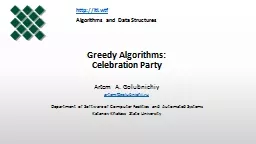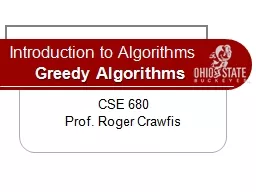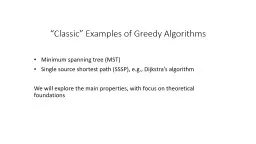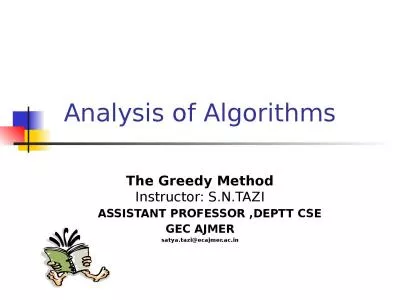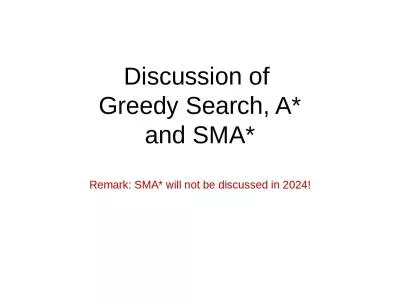PPT-Greedy Algorithms: Celebration Party
Author : briana-ranney | Published Date : 2019-06-27
httpitiwtf Algorithms and Data Structures Artem A Golubnichiy artemgolubnichijru Department of Software of Computer Facilities and Automated Systems Katanov
Presentation Embed Code
Download Presentation
Download Presentation The PPT/PDF document "Greedy Algorithms: Celebration Party" is the property of its rightful owner. Permission is granted to download and print the materials on this website for personal, non-commercial use only, and to display it on your personal computer provided you do not modify the materials and that you retain all copyright notices contained in the materials. By downloading content from our website, you accept the terms of this agreement.
Greedy Algorithms: Celebration Party: Transcript
Download Rules Of Document
"Greedy Algorithms: Celebration Party"The content belongs to its owner. You may download and print it for personal use, without modification, and keep all copyright notices. By downloading, you agree to these terms.
Related Documents

